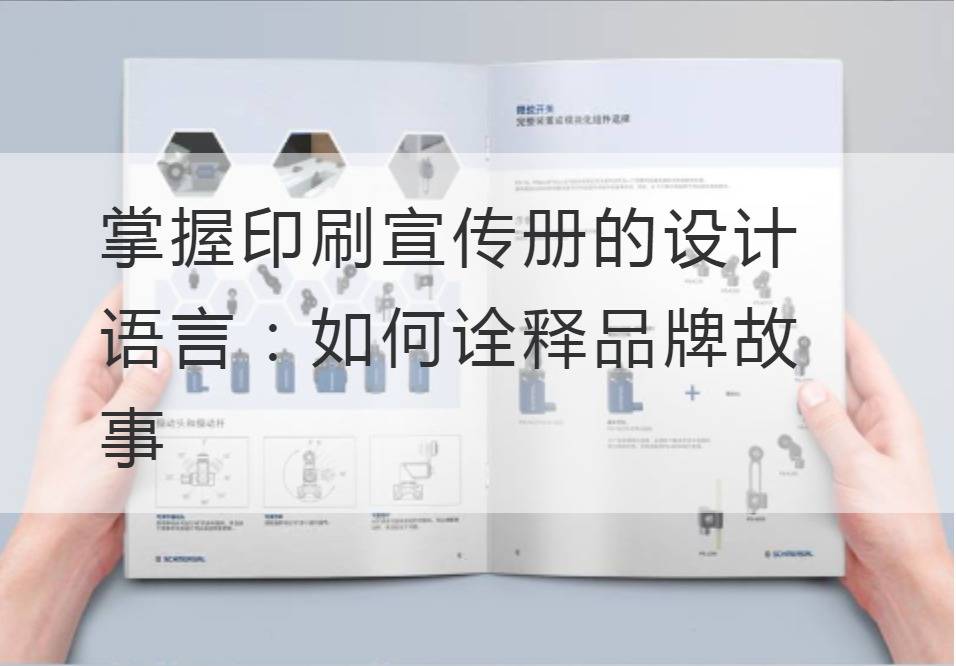Master the design language of printed brochures: How to interpret the brand story
Printed brochures are an important tool for companies to communicate their brand stories and product messages. A well-designed brochure showcases the uniqueness and value of the brand and captures the attention of the target audience. However, designing a successful brochure is not simple. It requires mastering the design language to interpret the brand's story and impress the audience.
First of all, a successful brochure needs to have a sharp style of writing, richly worded and modern. Whether it's a brand story or a product introduction, it needs to be expressed in powerful words. For example, use passionate verbs and adjectives when describing a brand story, such as "inspire innovation" and "worn new" to catch the reader's eye. In the product introduction section, professional terminology and technical parameters can be used to give readers a sense of the brand's professionalism and leadership.

Second, brochures need to be infectious, capable of resonating and resonating with readers. Language needs to be emotional and can touch the reader's heart. For example, when describing a brand story, you can share the brand's growth history and core values to impress readers. In the product introduction section, you can emphasize the uniqueness and advantages of the product to make readers feel helpful and valuable to themselves.
Not only that, but a moderate amount of colloquialization can also increase the closeness of the brochure. Use approachable words and expressions to make it easier for readers to understand and accept the brand message. For example, when describing the functions of a product, you can use words such as "super convenient" and "second-killing similar products" to make readers empathize and intuitively feel the advantages of the product.
In addition, the design language of the brochure needs to be combined with the technical terms and parameters of the relevant industry to demonstrate the professionalism and competitiveness of the brand. This requires designers to have some knowledge of the industry involved to ensure that the vocabulary and terminology used is accurate. For example, when designing a technology brand brochure, you can use some relevant terminology and technical parameters to increase the brand's authority and persuasion.
Anyway, masteringPrinted BrochureThe design language is a comprehensive task. Through sharp writing style, infectious expression and moderate colloquial expression, we can vividly present the brand story in front of readers and move their hearts. At the same time, the combination of professional terms and technical parameters of related industries can enhance the brand's professionalism and competitiveness. Only by designing an engaging and impactful brochure can we truly interpret the brand's story and attract the attention of our target audience. Let's take a look at the existing brochure design and continue to research and improve to create a more story-driven communication tool for the brand.



